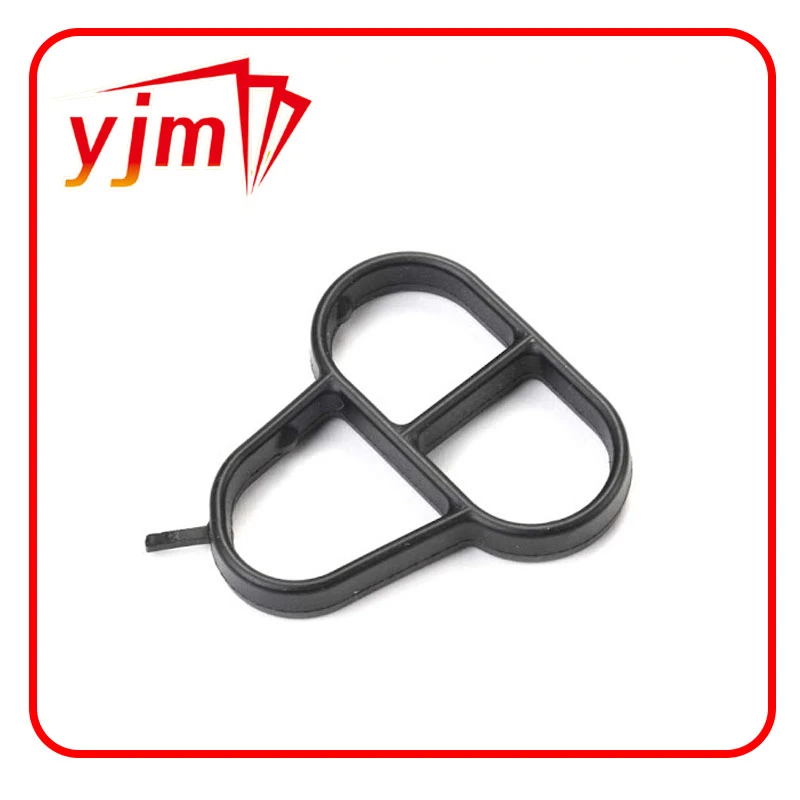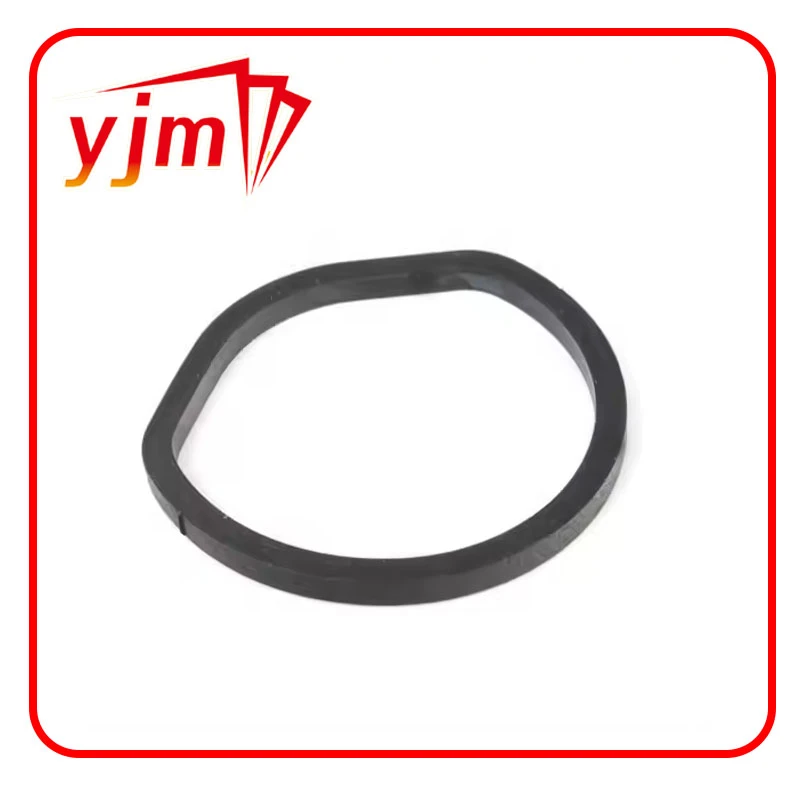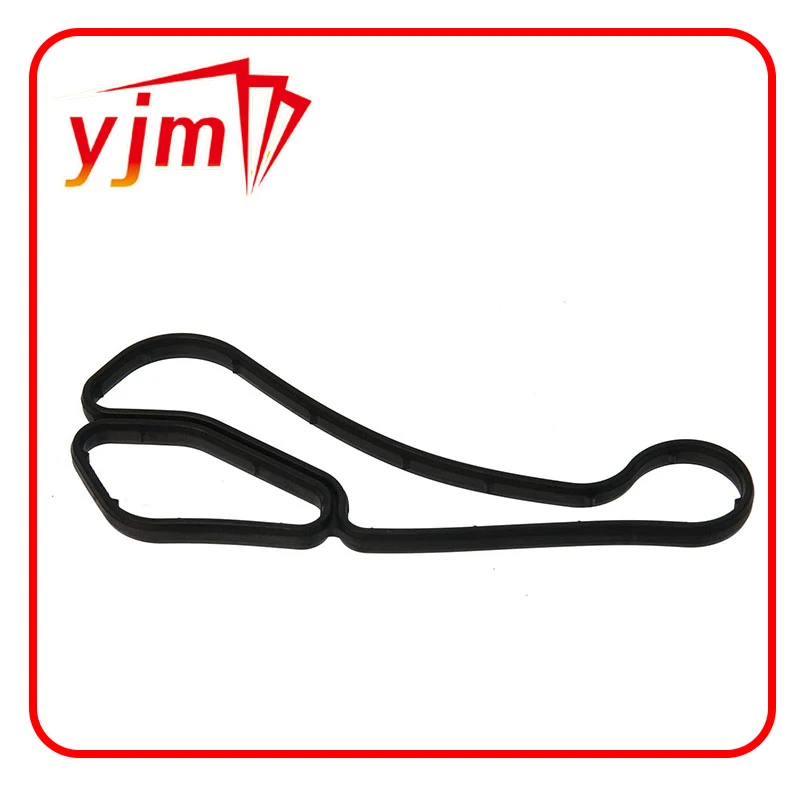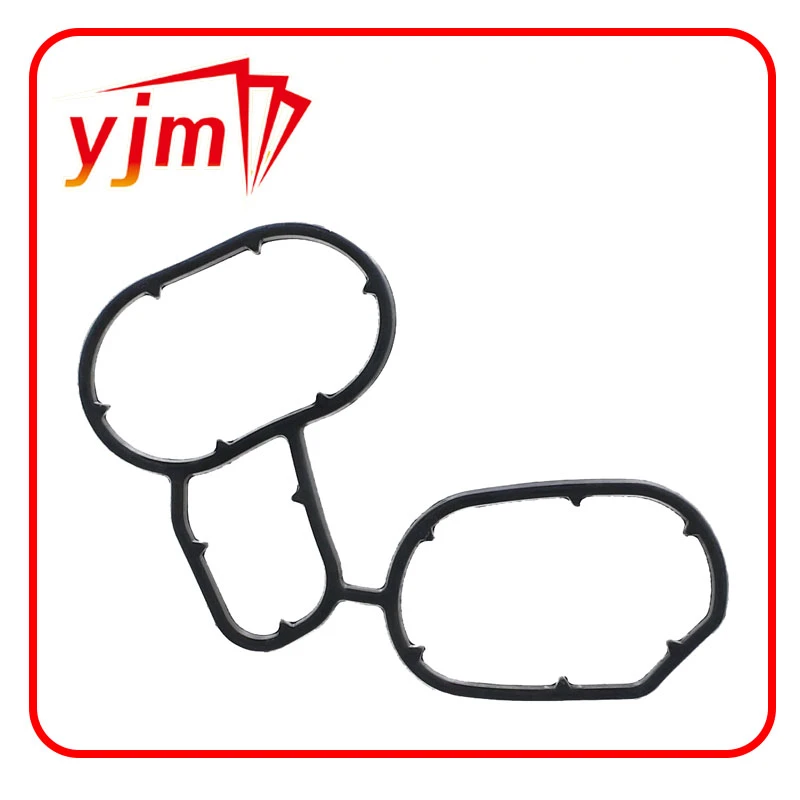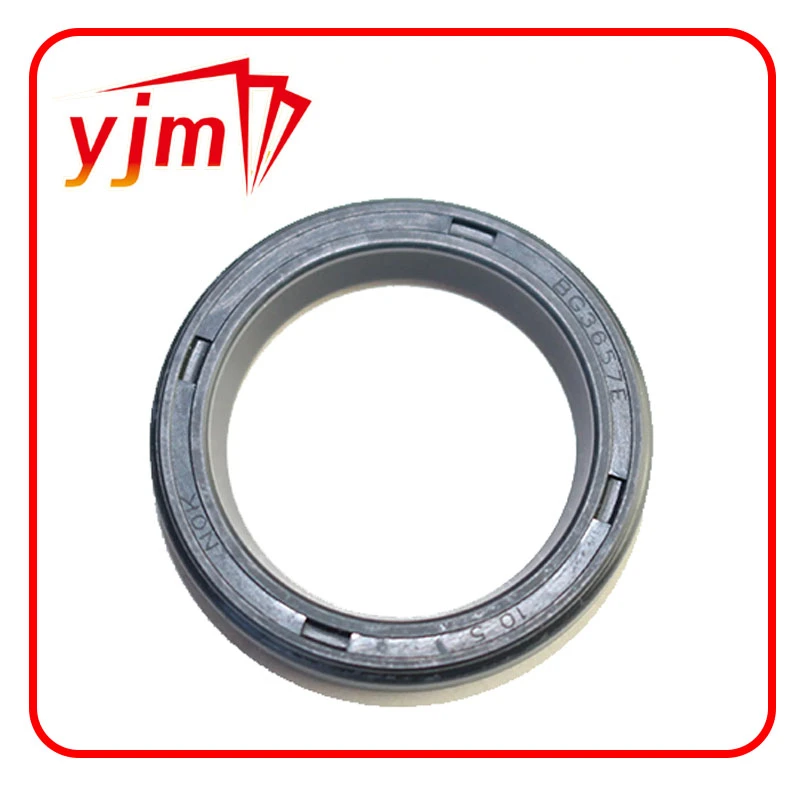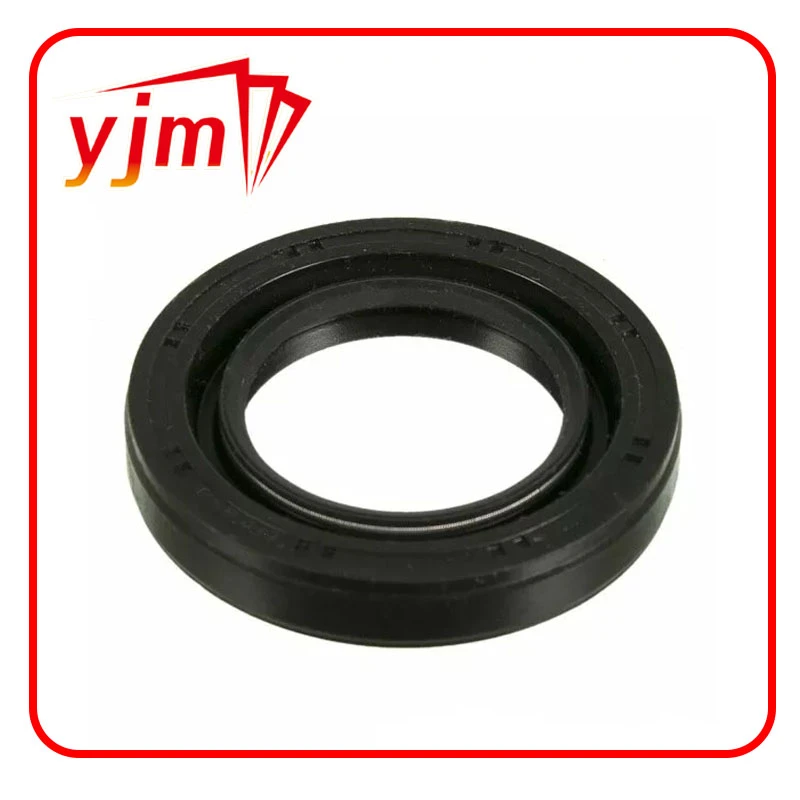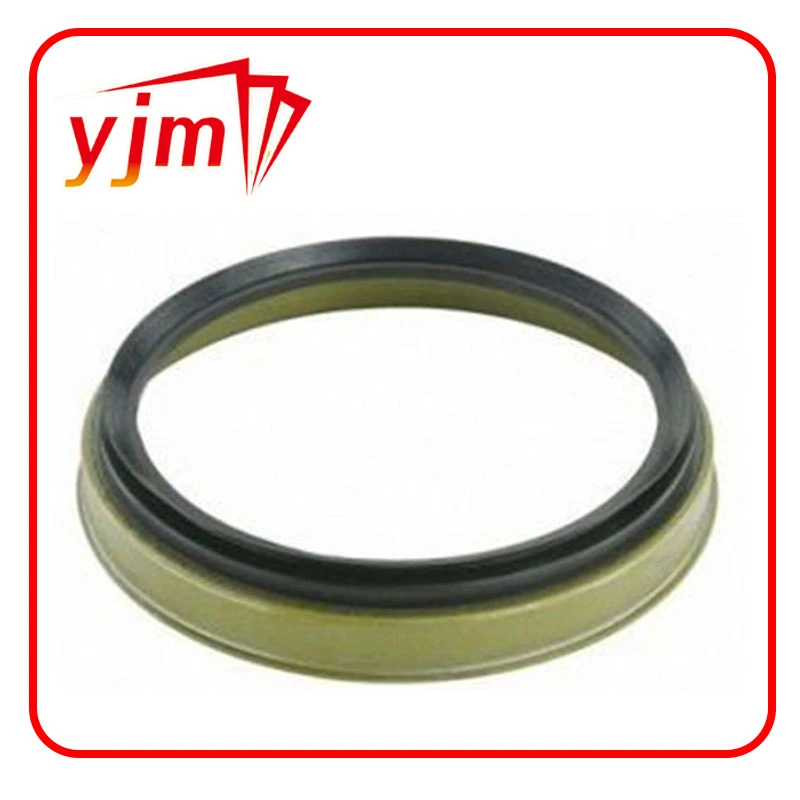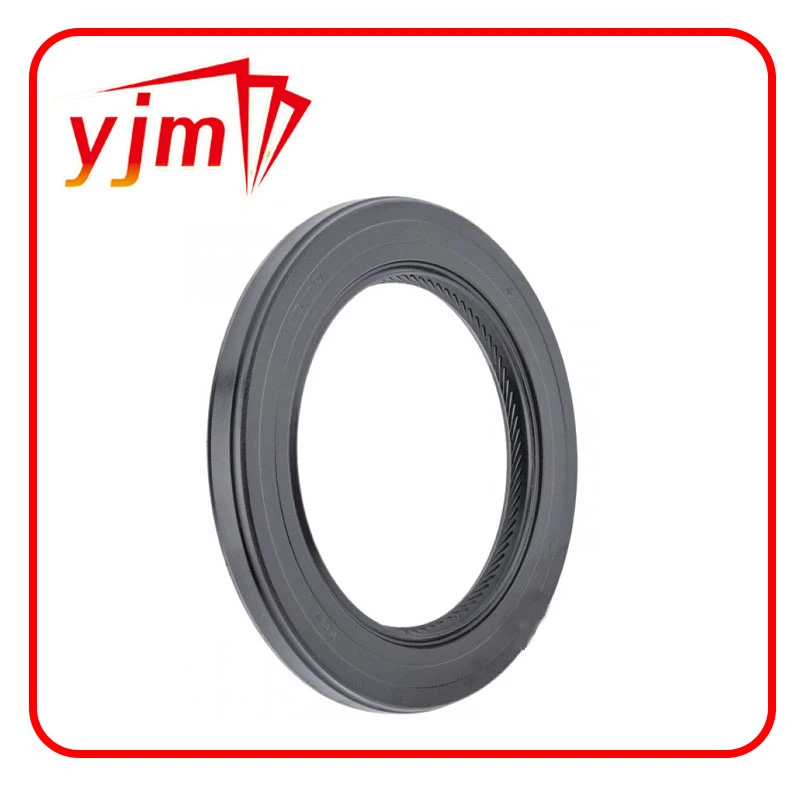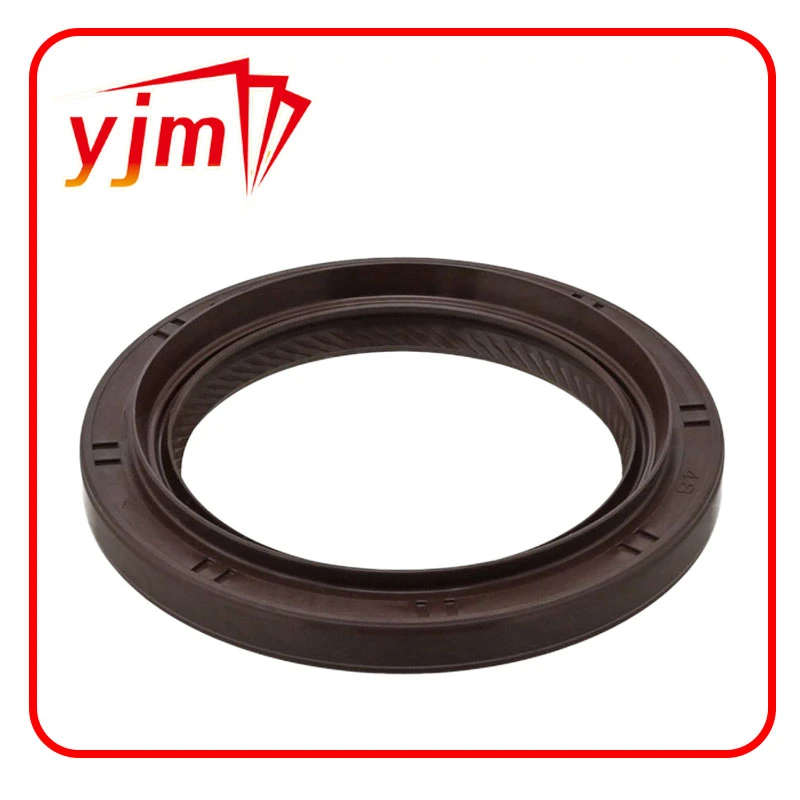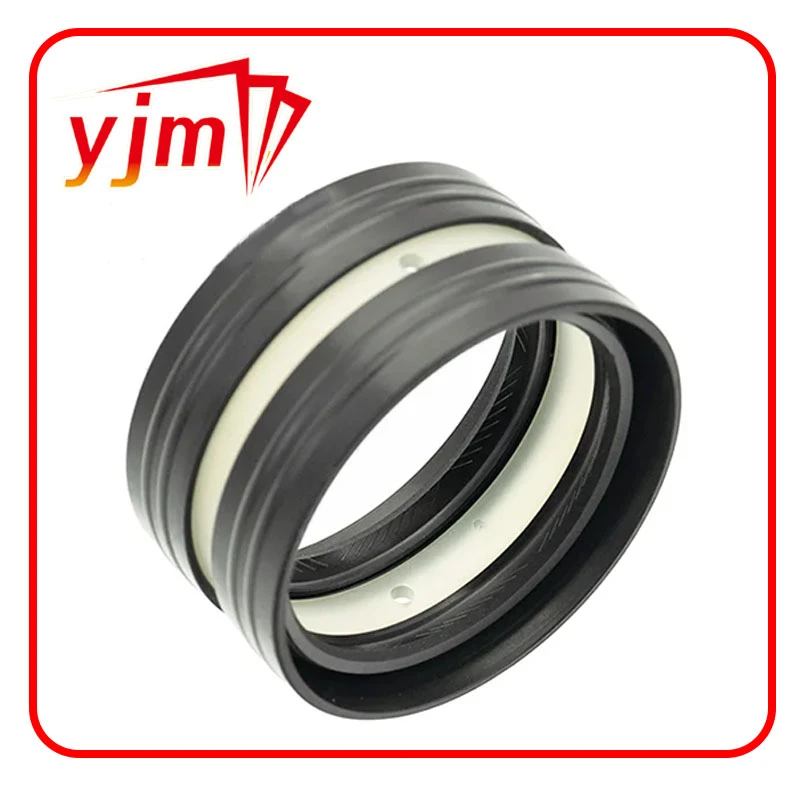High-Performance Front Crankshaft Seal – Reliable Oil Leak Prevention
Tel: 0086-319-3791512
Email: yjm006@hwmf.com
Mobile: 0086-319-3791515
Address: JULU INDUSTRY AREA, XINGTAI CITY, HEBEI PROVINCE, CHINA 055250
- Material Innovation: New PTFE and ACM blends offer lower friction, better heat resistance, and less wear.
- Design Evolution: Left-hand twist, swirl patterns, and enhanced sealing lips improve oil containment and reduce drag.
- OEM Customization: Modern front and rear crankshaft seals are engineered for specific models, such as Audi, VW, etc.
| Parameter | Typical Value/Range | Unit | Industry Reference |
|---|---|---|---|
| Material (Lip/Body) | PTFE / ACM, NBR, FKM | - | NAFEMS |
| Operating Temperature | -40 to +180 | °C | KnowlesTech |
| Max. Rotational Speed | Up to 10,000 | RPM | MachineDesign |
| Leakage Rate | < 0.1 | ml/h | Sealing.net |
| Typical Service Life | 80,000-120,000 | Km | ETMM |
| Installation Type | Dry, with Mounting Sleeve | - | Rodcraft |
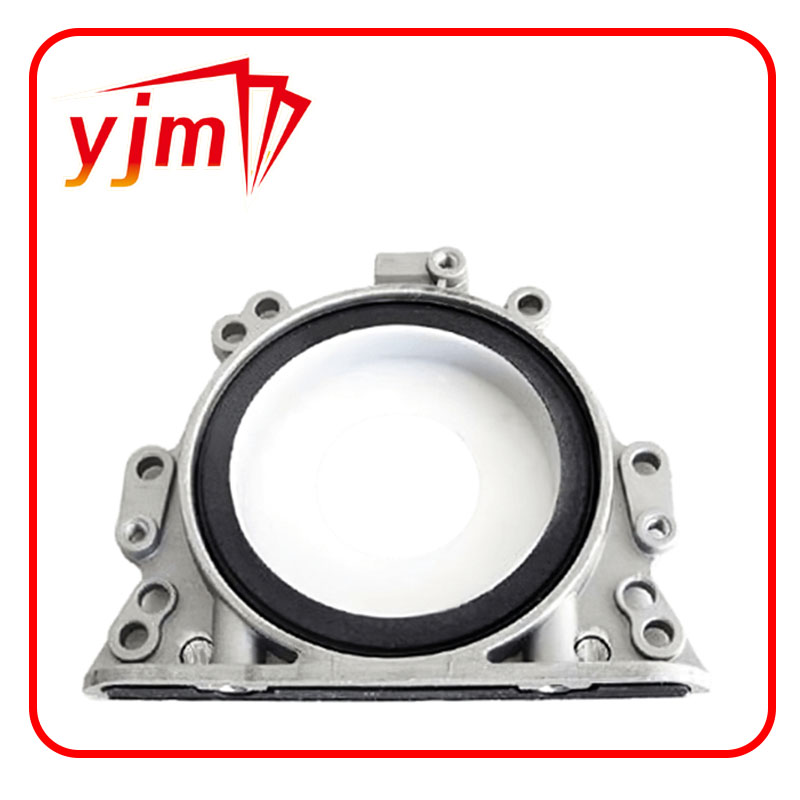
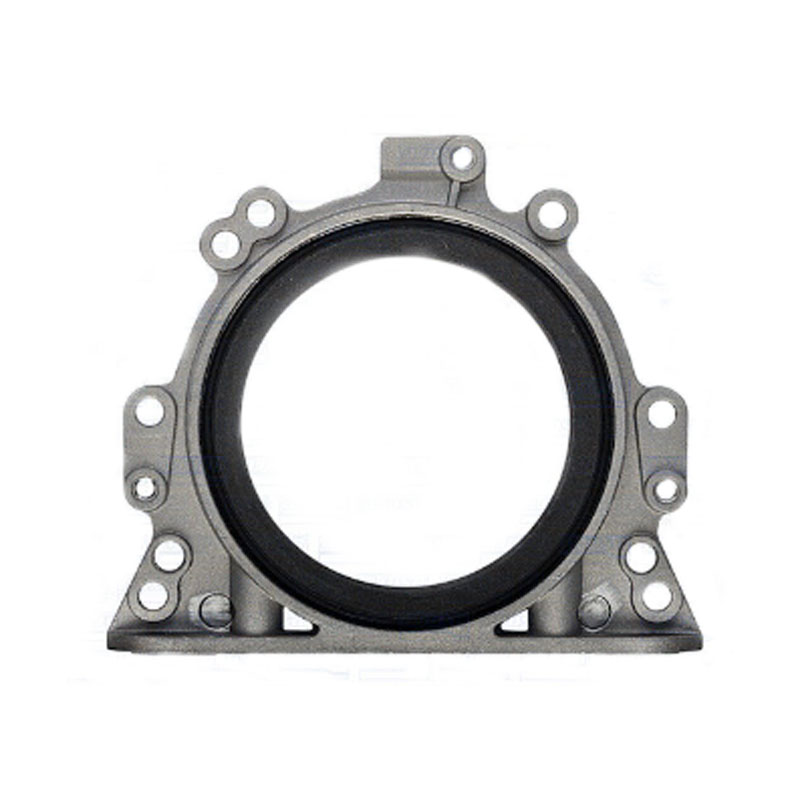
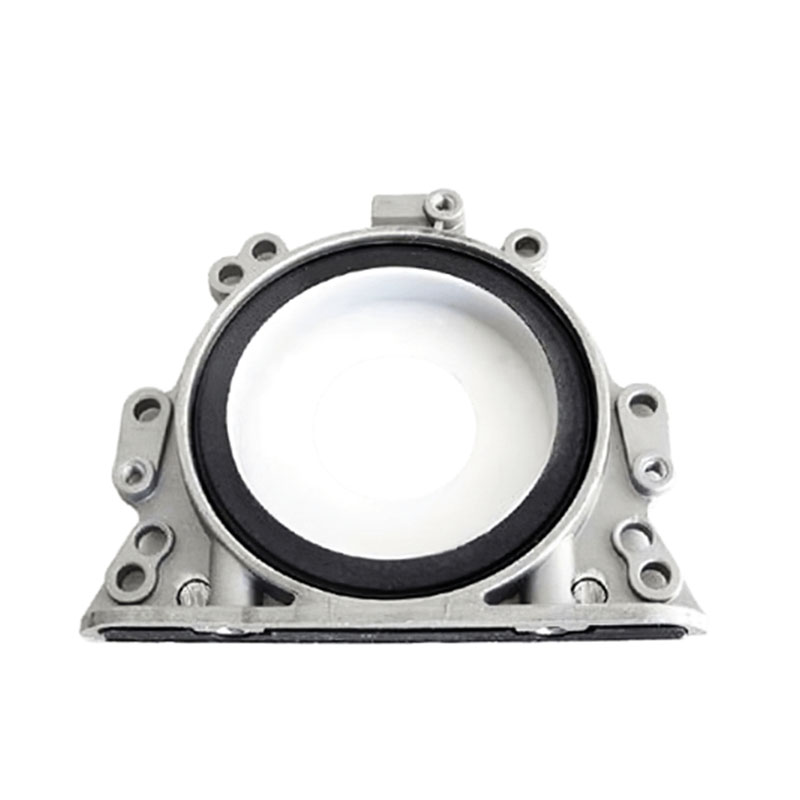

| Attribute | Specification | Benefits |
|---|---|---|
| OEM Number | 038103171 | Precise fit for designated Audi vehicles |
| Seal Design | Left-hand twist, swirl type | Enhanced oil control, minimal leakage |
| Material | PTFE & ACM | Superior chemical & thermal resistance |
| Housing | Included | Easy assembly, robust fit |
| Mounting Sleeve | Included | Assists accurate, damage-free installation |
| Installation Method | Dry | Prevents contamination, maximizes service life |
| Temperature Range | -40°C ~ 180°C | Suitable for modern high-output engines |
| Applications | Audi Engines | Reliable for original & aftermarket use |
- Passenger Cars: Vital for engine longevity in luxury and economy segments.
- Commercial Vehicles: High-load durability in delivery vans, light trucks.
- Hybrid/Electric Powertrains: Advanced low-friction designs to comply with EV-specific requirements.
- Performance/Racing Engines: Enhanced temperature, speed, and wear tolerance.
- Aftermarket Service: Critical for engine maintenance and oil leak prevention post-repair.
A: State-of-the-art seals rely on PTFE (polytetrafluoroethylene) for high temperature and chemical endurance, alongside ACM (acrylate rubber) for elasticity and resilience. Top-tier designs incorporate reinforced steel housings for mechanical stability.
Q2: How do front and rear crankshaft seals differ in technical requirements?
A: Rear crankshaft seal typically faces higher thermal stress and more difficult installation (due to proximity to the gearbox), requiring stronger materials and precise dry-fit procedures, while front crankshaft seal often prioritizes low-friction and compactness for integration in timing cover assemblies.
Q3: What is a “left-hand twist, swirl type” lip design?
A: This refers to a sealing lip geometry that actively directs oil back into the crankcase during shaft rotation, significantly lowering the risk of pump-out and enhancing oil retention—critical for high-speed applications (see Garlock TechArticle).
Q4: Why is dry installation recommended for the 038103171 crank seal?
A: Dry installation prevents contamination and damage to the PTFE/ACM sealing lip, ensuring an optimal seal from first use; lubrication during install can cause improper seating and early failure.
Q5: What are the typical dimensions/specs for auto crankshaft seals?
A: Diameters range between 30mm and 120mm, with widths from 6mm to 18mm. The exact size for front crankshaft seal OEM 038103171 is engineered to Audi specifications.
Q6: How does the mounting sleeve aid in seal installation?
A: The sleeve centers and protects the sealing lip during press-fitting, minimizing risk of misalignment or seal lip damage—a key feature to maximize reliability and reduce install time.
Q7: What testing standards are followed for quality assurance?
A: Renowned suppliers adhere to ISO/TS 16949, SAE J2147, and internal OEM certification protocols, ensuring each front crankshaft seal and crank seal meets or exceeds rigorous performance and safety requirements.
For further technical reference, see: ResearchGate: Crankshaft Oil Seal – A Review (2022)
Contact us today to request a technical consultation, pricing, or a custom-engineered sealing solution for your application!
- SAE Technical Paper: Dynamic Sealing Technology Trends
- Machine Design: Rotary Shaft Seals Under Demanding Conditions
- Engine Builder Magazine: The Right Way to Install Crankshaft Seals
- Garlock: Achieving the Perfect Seal with Rotary Shaft Seals
- ResearchGate: Crankshaft Oil Seal – A Review (2022)
- JULU YJM HWMF SEAL: Product Page
-
Seal 12x20x5: Precision Radial Shaft Seals for Industrial Reliability
News Nov.24,2025
-
Seal 12x18x5: Essential Guide to Specifications, Applications & Vendors
News Nov.24,2025
-
Understanding Seal 12 20 5: Applications, Specifications & Industry Insights
News Nov.23,2025
-
Durable Oil Seal 85x110x12 – Reliable Sealing Solutions for Industry
News Nov.23,2025
-
Durable and Precise Oil Seal 75x95x10 for Efficient Machinery | YJM Seal
News Nov.22,2025
-
Durable Oil Seal 75x100x10 for Reliable Industrial Performance | YJM Seal
News Nov.22,2025
-
High-Quality Oil Seal 65x90x10 | Durable & Reliable Sealing Solutions
News Nov.22,2025
Products categories

